Kedarkantha Trek Guide 2024: History, Highlights, Best Time, and Itinerary
Table of Contents
ToggleKedarkantha Trek is a popular winter trek among seasonal trekkers and beginners. It is a week-long trek in Pashu Vihar National Park in Uttarakhand. Situated at an altitude of about 3810 meters above sea level, this thrilling summit offers a mind-blowing view of the majestic Himalayan peaks decorated across the skyline.
Some of the most prominent peaks visible are Bandarpoonch, Black Peak, Swargarohini, Yamunotri, and Gangotri ranges.
One of many reasons why the Kedarkantha trek is popular is its rewarding summit climb. The trek is fairly steep right from the base camp. As you start walking towards the summit early in the morning, the birds and the Himalayan crowns wish you good luck. The glorious view keeps you company as you climb up the hill.

The world seems to be a magical place to live in. The trek gives an overall thrilling and once-in-a-lifetime kind of experience. The trek begins from Sankri village. One has to cover a distance of about 20 km over a span of 5 to 6 days. Due to the limited distance to be covered each day, this is comparatively easier and suitable for beginners. Sankri village is a common starting point for almost all the treks in Uttarakhand.
The trail runs through beautiful, enchanting forests. You would come across rich flora and fauna. Maple and oak trees are fairly common in this area, you might also see some Rhododendron species. As you climb higher toward the summit, you will experience dense oak and pine forests. Keep your eyes open for Chir pine, black eagle, or golden eagle, you might just get lucky.
Kedarkantha trek gets more challenging and is best enjoyed during the winters. The freezing temperatures, snow, and gushing winds make the winters tough here. For your safety, perfect trekking gears are the most important thing. Keep on reading the article to know more about the gear required for the Kedarkantha trek.
| AREA | Garhwal Himalaya, Uttarakhand |
| DURATION | 6 days & 5 nights |
| BEST SEASON | December to February (Rest you can decide) |
| GRADE | easy to moderate trek |
| ALTITUDE | 12,500 ft. |
| TOTAL LENGTH | 20 km |
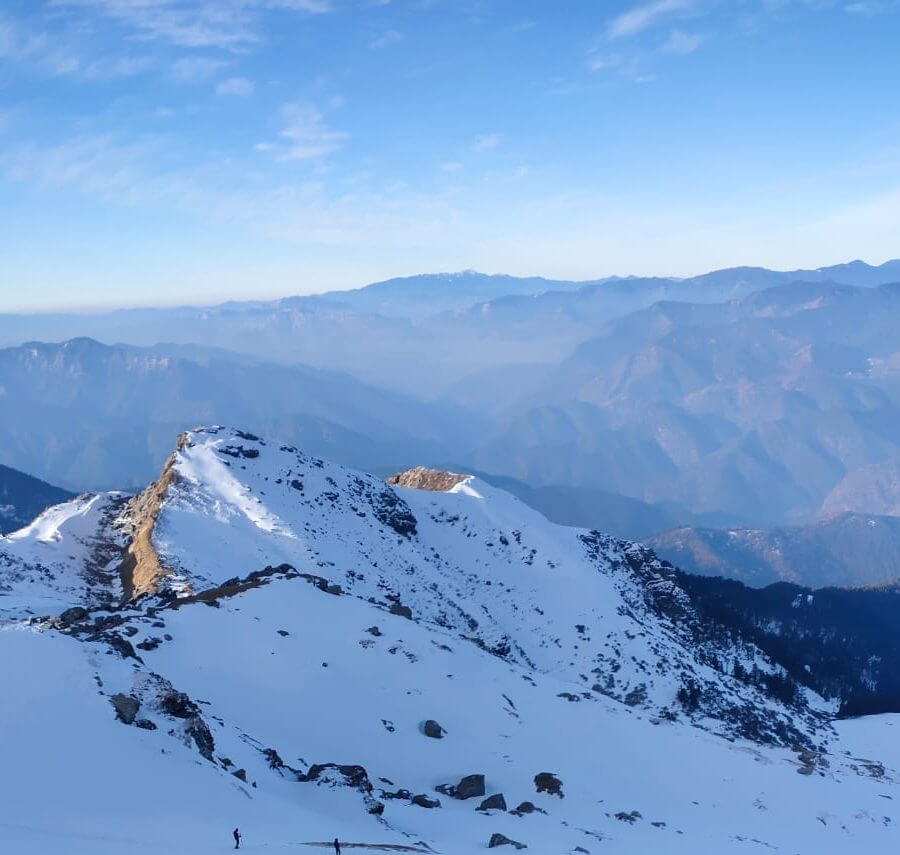

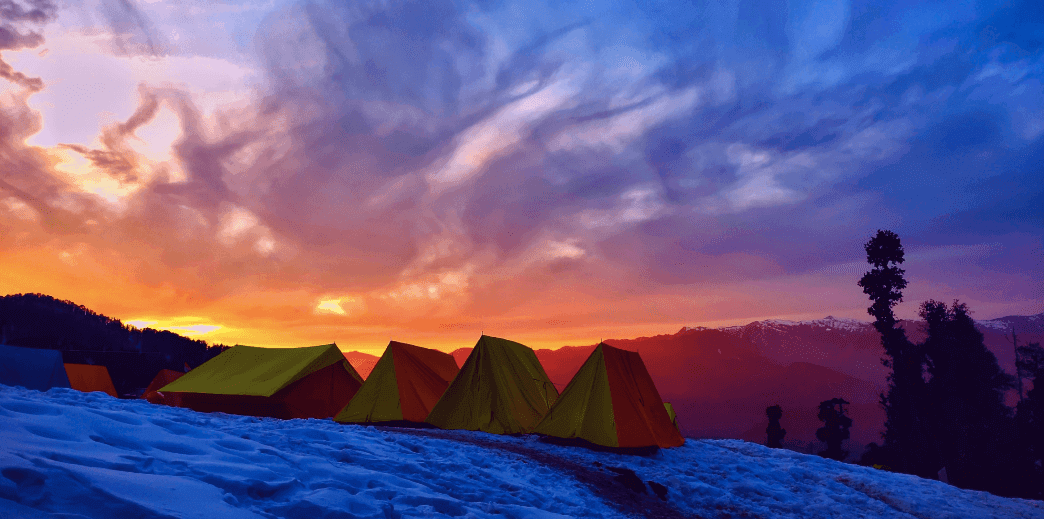
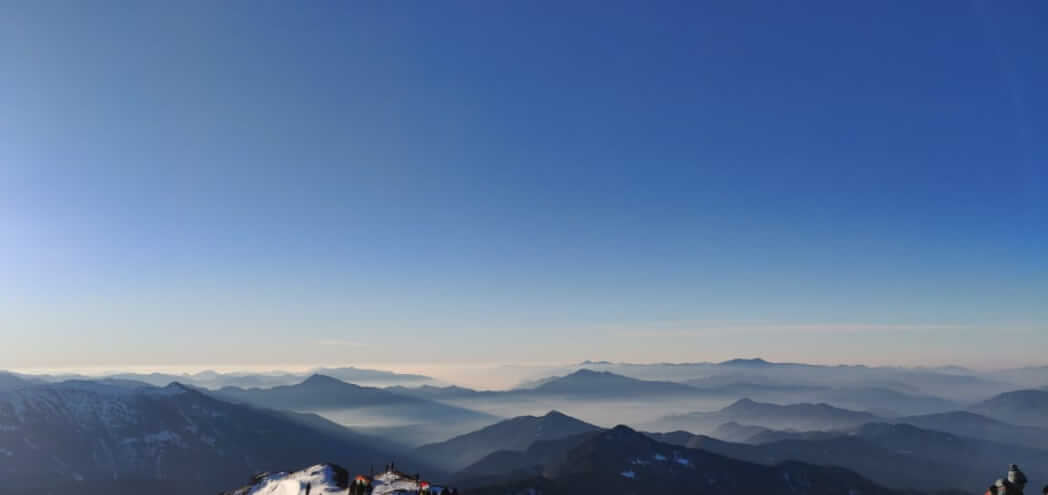



Story Behind Kedarkantha and Juda-ka-Talab
At the Kedarkantha summit, there’s a shrine of Lord Shiva made of stones surrounded by snow. The locals pay respect to the shrine. It is said that Lord Shiva sat on the Kedarkantha summit to meditate but was disturbed by a bull. So, later he moved to Kedarnath, the popular Shiva temple in Uttarakhand to meditate.
A local myth is also popular among the local people saying, Pandavas visited the Himalayas to seek Lord Shiva’s blessings. However, Lord Shiva disguised himself as a bull and hid from Bheem. As Lord Shiva rushed out from his hiding place, his body parts got divided and each body part fell at different places. It is said that his throat fell at the summit, hence named Kedarkantha – meaning throat of Lord Shiva.
Kedarkantha Weather
Depending on what kind of experience you are craving you can go trekking at a suitable season.
Kedarkantha during winter (December to February)
You can experience snowfall from the end of December to mid-February. Winters offer gorgeous snow-capped mountains. Temperatures can drop as low as -5 degrees Celsius. In higher campsites, you might feel the weather to be quite cold and harsh, but it gets a lot easier with the right gears. If you are planning to experience snow at its best, then winter is just the right time for the Kedarkantha trek.
Kedarkantha during spring (March to April)
If you are a fan of meadows, flower carpets, and all the lush green forests, then you might consider going on the Kedarkantha trek during spring. From March to April, the snow from the previous snowfall starts melting and the flowers begin to bloom offering fresh lush green surroundings. At higher campsites, you might even get to see some remaining snowfall that hasn’t melted yet.
Kedarkantha during summer (May to June)
The temperature during this time is the most comfortable. The temperature is around 18-24 degrees Celsius during the day, while the nights can be around 3-8 degrees Celsius. Expect blazing sun during noon, which might be hot enough to make the trek uncomfortable. Trekking during the summer is usually not recommended. But if you can take the heat, you can definitely go.
Kedarkantha during monsoon (July to mid-September)
During the monsoon, the trek gets dangerous as the risks of heavy rainfall and lightning increase. You should avoid the Kedarkantha trek from July to mid-September. Instead, you can check out other treks that are open during the monsoon.
Read more: Panchachuli Base Camp Trek
Kedarkantha during Autumn (mid-September to November)
It’s beautiful in Kedarkantha during this time of the year. You can experience the view of beautiful crisp mountain tops. You can see small waterfalls as you go up. Winters and autumns are the ideal times for the Kedarkantha trek.
The morning temperatures are around 15-18 degrees and night temperatures can drop to zero degrees.
Itinerary of Kedarkantha trek
Day 1 – Arrival at Dehradun
Distance 187 km | 6-7 hours of drive
- Arrival at Dehradun airport or Dehradun railway station
- Drive through pine forests to reach Sankri village, from where our trek would begin.
- Enjoy the night at Sankri village and get ready for the journey the next morning.
Day 2 – Sankri to Juda-ka-Talab
Distance 4 km | Duration 3-4 hours | Elevation 2786m
- The trek begins early in the morning from Sankri to Juda-ka-Talab, the holy lake created by Lord Shiva.
- As you move up, you will come across small villages and high-altitude suspension bridges.
- The night stay will be at Juda-ka-Talab. It is said that Lord Shiva was searching for some water, and he opened a small lock of his hair and water dripped from his locks and formed this high-altitude lake.
- During the winters, you will find the lake frozen.
Day 3 – Juda-ka-Talab to Kedarkantha base camp
Distance 4 km | Duration 4-5 hours | elevation 3430m
- Get ready the next morning to head towards the Kedarkantha base camp.
- The scenic beauty of this route is something out of this world. Capture as much as you can.
- Don’t forget to get rests as required because you don’t wanna miss out on the rewarding summit and the enchanting views by falling sick.
- Enjoy panoramic views of the Himalayan ranges across the sky. It is absolutely breathtaking.
- Sign off the day with dinner at Kedarkantha base camp and good sleep.
Day 4 – Base camp to Kedarkantha summit and back to Base camp(The most rewarding part)
Distance 6 km | Duration 7-8 hours | Elevation 3800m
- The ultimate journey, the day you have been waiting for is already here.
- No matter what adjectives are used, the views you get to see are absolutely amazing.
- Get your breakfast and start climbing as early as possible today, because this is gonna be a long walk and you must also reach the base camp before sunset.
- Feel the sun rays on your face through the Yamunotri and Gangotri ranges.
- The jaw-dropping 360-degree view at the summit is waiting for you.
- Spend some time at the summit, and click all the pictures and selfies you have been planning.
- Get ready for the descending walk to the base camp. This should take shorter than uphill.
- Reach the campsite, have a delicious dinner and have a good sleep.
Day 5 – Base camp to Sankri
Distance 6 km | Duration 4-5 hours | Elevation 1950m
- Get your breakfast and start off your day.
- Get ready to admire the mighty mountains all around again. You will never feel tired of the view, it’s never-ending.
- If your time permits, interact with the villagers, they are really sweet. Also, you get to listen to plenty of interesting stories about this place.
- You will reach Sankri village easily and on time. So you have plenty of time for a campfire may be? Or comfort yourself with a hot cup of coffee and some chit-chat as this is your last day on the Kedarkantha trek.
- Get your delicious dinner and sign off for the day.
Day 6 – Sankri to Dehradun (Bidding goodbyes)
Distance 187 km | Duration 6-7 hours
- Board your cab according to the scheduled flight or train.
- Or you can reach Dehradun a bit early and do some shopping, or just roam around the city.
- Dehradun is a very beautiful city with amazing weather. Spend some quality time, and relish all the memories you made on the trek.
- Now it’s time for your flight or train.
- And here comes the end to the beautiful Kedarkantha trek.
Kedarkantha Trek Cost
If you have searched for some packages already then you must have an idea that there are plenty of websites offering a number of Kedarkantha tour packages.
The average cost of the Kedarkantha trek for one person is about INR 6000 for 6 days and 5 nights. This cost doesn’t include the gear you are going to rent. If your package includes the train or flight fare it will be a bit higher.
We would recommend you reach Dehradun on your own. You don’t really need to go with a tour package for that. In Fact, you can also customize your package in such a way that it starts from Sankri. That way, you will save some money as well as get some privacy and freedom.
Trekking gears for Kedarkantha trek
Kedarkantha is considered an easy-moderate trek. Although the wrong gear and lack of fitness can make even the easiest treks difficult. For that, you need the right equipment. Here, spending money is not enough, but spending it wisely.
Buy multiple layers of clothes to keep you warm at high altitudes rather than buying one layered cloth. Multiple layering will keep you warmer and also lets you use only as many clothes as you need.
Here are some of the trekking gear you will require for the Kedarkantha trek. If you have went on trekking previously, you will not have to add much of things, most of them are the same. But if you are new to trekking, then this list will help you.
Camping Equipment
If you are going with a tour package, then mostly your guide will arrange for the camping equipment. Confirm this with your guide beforehand.
The camping equipment you would require for the Kedarkantha trek are :
1. Sleeping Bag
2. Sleeping Tent
3. Camping Mattress / Sleeping Mattress
4. Rucksack / Backpack:
The backpack is one of the most important things on this trek. Because your backpack is responsible for carrying all the other equipment and other requirements. And if you are not comfortable with the backpack, then let’s be honest, your trek is gonna be a nightmare.
So, while choosing a perfect backpack, you have to keep certain things in mind,
- Don’t buy a backpack that is outrageously huge. Something around 50-55 L should be good enough for your Himalayan treks.
- The next important thing is internal framing. Make sure your rucksack has an internal framing of metal or alloys. This will allow the bag to maintain its shape and balance. The total load must be distributed evenly to your shoulders and waist strap.
- We would recommend a rucksack/backpack with a rainfly. It will protect all your belongings from rain, snowfall as well as dust.
- Quechua and Wildcraft are the most popular brands in India for trekking backpacks or rucksacks. You can go with Quechua, they manufacture high-quality products yet have a very kind price tag.
5. Trekking shoes:
Good trekking shoes are really very important because you might want a comfortable and happy foot throughout a trek. Don’t shy away from spending on a pair of good, comfortable shoes.
Here you might get a little confused. You will find two variants here, one is trekking/hiking boots and the other is trekking/hiking shoes. A novice might mistake them to be the same. We will clear up all the confusion for you.
So what is the difference between a trekking boot and a trekking shoe?
The shoes are a better option when the trail is not as adverse and extreme. The shoes are lighter and are easier to walk with if you are uncomfortable with heavy boots. However, boots are usually meant for extreme and more difficult terrains where the load is higher.
So, it’s your call which one you would prefer. Just make sure the trekking shoes/boots are:
- Lightweight
- Rubber sole (preferably Vibram rubber sole)
- Water-resistant (especially if you are going on a snowy trek like Kedarkantha)
- Mid or high-ankle for better support.
5. Clothing
Warm clothes are very basic for Himalayan treks like the Kedarkantha trek, especially if you are going during the winter months. The tricky part here is layering your clothes wisely.
The clothing is usually kept in three layers:
- Base layer: A synthetic T-shirt with moist wicking capability is the best choice here. The breathability, warmth, and comfort are the key points.
- Mid-layer: Usually a fleece jacket or down jacket is the most recommended to cut off the chill. Fleece and down jackets trap a good amount of air inside them, hence keeping you insulated from the outside chills. They are pretty warm for their weight and are extremely packable.
- Outermost layer: For cold conditions, an outer layer is a must. However, if the trek is not a winter trek or the temperatures are okay-ish then a mid-layer should be enough. Discuss it with your trek guide about it. It’s always safe to carry an outer layer even if you think you don’t require it because outer layers are very useful in snowfall or rainfall. They have an outer coating of water-resistant material. Go for a windproof and waterproof jacket for this purpose.
6. Trek pants
Next comes the bottoms. Good quality Hiking and trekking pants are usually made of nylon with added spandex or polyurethane to add stretchability. Go for water-resistant and breathable material. For extreme cold conditions, you must go for a base layer to combat the wind and the harsh climate.
Kedarkantha is the ideal winter trek for beginners. Although you can go to Kedarkantha during any other season it is most beautiful during the winter. We have included the pros and cons of each season in the Kedarkantha trek.
We have included all the possible information you will require before visiting Kedarkantha. Look out for the trek itinerary, the gear you need for the Kedarkantha trek, the best time to visit Kedarkantha, and so on.
While choosing your gear, don’t swear by any particular brand. Check the quality yourself and then buy. You can also buy quality products from shops in your city, they are a lot less expensive with the same quality.
Also, keep in mind to always keep your backpack as light as possible. Do not pack unnecessary tools.
Ask for any query you have in your mind
Stay hydrated and stay fit. Happy trekking!
Frequently Asked Questions (FAQ’s) For Kedarkantha Trek
What is the Kedarkantha trek?
Kedarkantha Trek is a popular winter trek in Uttarakhand, India. The trek is known for its beautiful campsites, stunning views of snow-covered peaks, and a chance to experience snowfall.
What is the best time to go for the Kedarkantha trek?
The best time to go for the Kedarkantha trek is from December to April. During this time, the region is covered with snow, and the temperature is low.
How difficult is the Kedarkantha trek?
Kedarkantha Trek is a moderate trek, and it is suitable for beginners as well as experienced trekkers. The trek involves walking for 4-6 hours every day, and the altitude gain is gradual.
What is the duration of the Kedarkantha trek?
The duration of the Kedarkantha trek is usually 6 days and 5 nights.
What is the total distance of the Kedarkantha trek?
The total distance of the Kedarkantha trek is around 20 km.
What is the maximum altitude of the Kedarkantha trek?
The maximum altitude of the Kedarkantha trek is 12,500 feet.
What is the cost of the Kedarkantha trek?
The cost of the Kedarkantha trek varies depending on the season and the trek operator. On average, it can cost around INR 8,000 to INR 10,000 per person.
What are the things to carry for the Kedarkantha trek?
Some of the essential things to carry for the Kedarkantha trek include a backpack, trekking shoes, warm clothes, gloves, a cap, sunglasses, sunscreen, a water bottle, and a first-aid kit.
Is it safe to go for the Kedarkantha trek?
Yes, the Kedarkantha trek is safe, provided you follow the necessary precautions and safety measures. It is always recommended to go with an experienced trek leader and a reputable trek operator.
What are the highlights of the Kedarkantha trek?
The highlights of the Kedarkantha trek include stunning views of snow-covered peaks, beautiful campsites, a chance to experience snowfall, and a glimpse into the traditional lifestyle of the local communities.


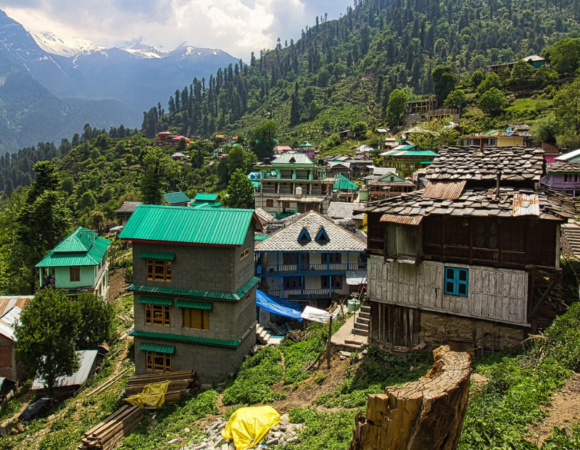
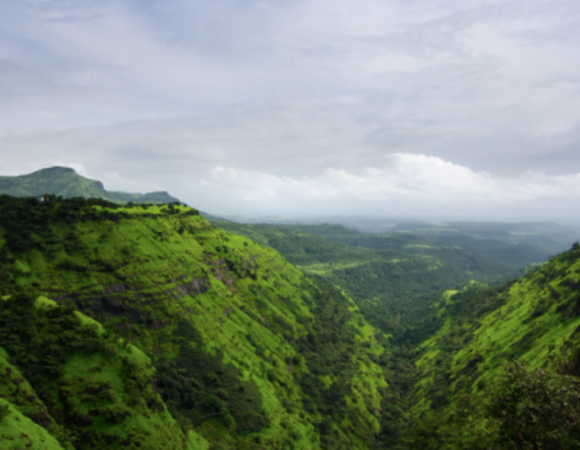
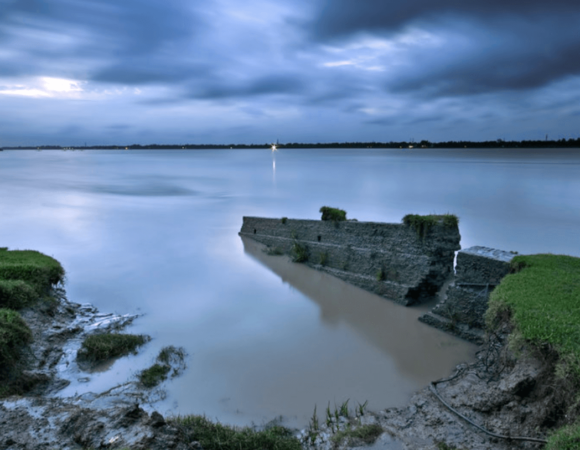
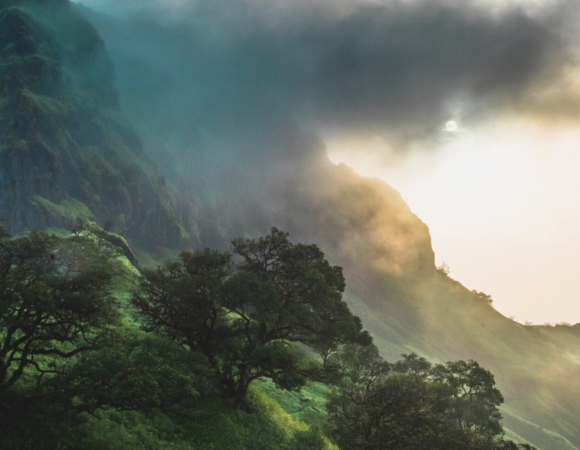
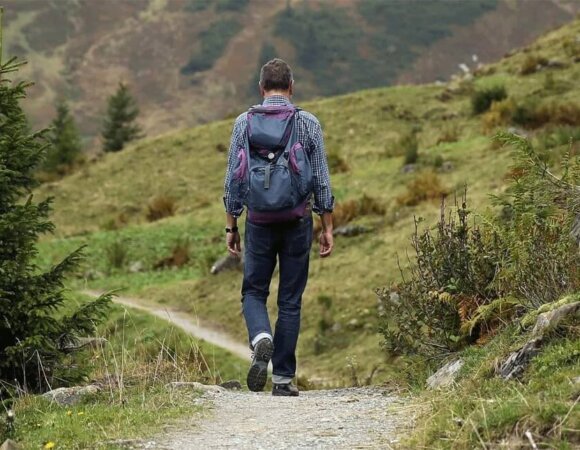
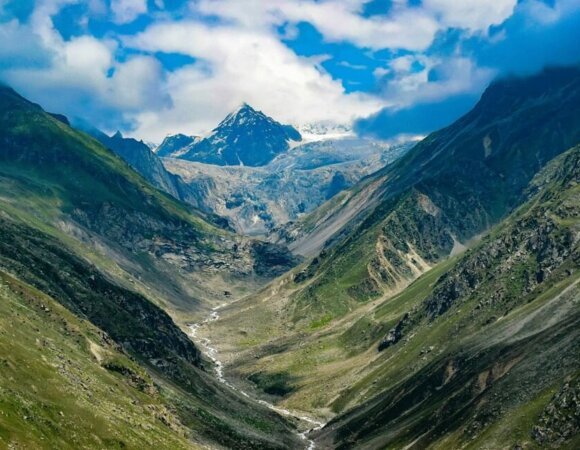
[…] Read more: Kedarkantha Trek […]
[…] Read more: Kedarkantha Trek […]
[…] something new about nature and see living in isolated communities of the Garhwal Himalayas. The Kedarkantha Trek is located in Uttarakhand’s Uttarkashi district. It begins in the traditional village of […]
[…] Dayara Bugyal, Kedarkantha, Phulara Ridge, Tarsar-Marsar, Sandakphu, Har-ki-Dun and many […]
Thank you so much
Hi, just required you to know I he added your site to my Google bookmarks due to your layout. But seriously, I believe your internet site has 1 in the freshest theme I??ve came across. It extremely helps make reading your blog significantly easier.
Thank you… your comment made my day